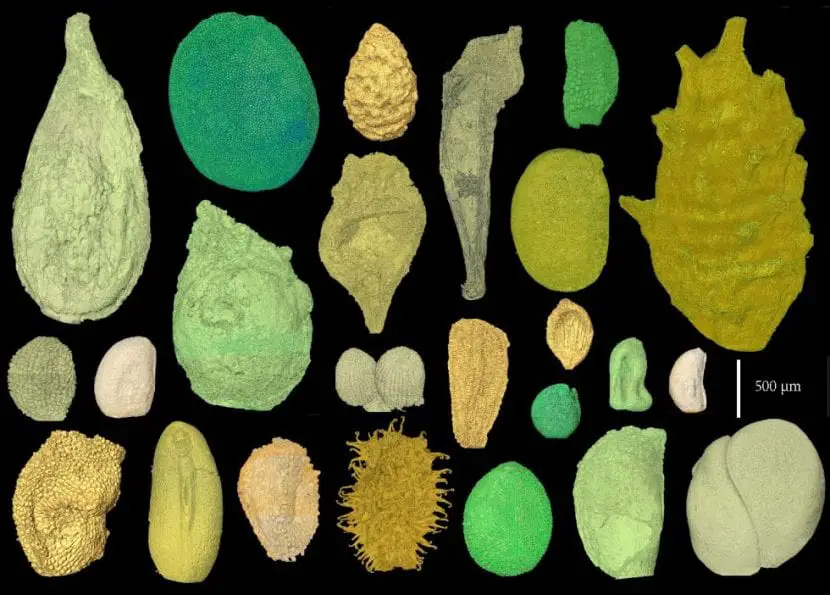

Image – Swedish Natural History Museum
Human beings have the innate need to explore and investigate everything that surrounds them. Although his way of life today is not the same as it was thousands of years ago, he is still curious to know what is out there, beyond the limits of his home. Thus, he has been able to find out that there are countless species of plants, which have ancestors who colonized the planet more than 300 million years agowhen there were still no animals.
One of the most surprising finds in our most recent history is made by a group of researchers from the Swedish Museum of Natural History: found a series of fossilized seeds in such a good state of conservation that they have allowed them to analyze them. Your age? This is the most surprising: about 130 million years.
Seeds are a very important part of flowering plants, called angiosperms. In them the genetic information necessary for them to germinate, develop and grow is found in such a way that as adults they will look a little like their parents, but they will be a little different: they may be a bit taller or shorter, the flowers may have a few millimeters larger or smaller, or slightly more resistant roots. And, depending on environmental conditions, plant beings have to adapt to changes if they want to survive.
How did they do it in the old days? That is a question that is widely asked by botanists and hobbyists. Thanks to a study that was published in Nature, now they have at least one answer: Using a particle accelerator and X-rays, they were able to observe that the seed embryos measured a little less than a quarter of a millimeter.


Therefore, the first flowering plants, although they had a rapid life cycle as they colonized unstable habitats, were small plants, but the seeds they produced could survive until germination conditions were favorableas the herbaceous do today.
Amazing, isn’t it? The plants will surely continue to surprise us always .
